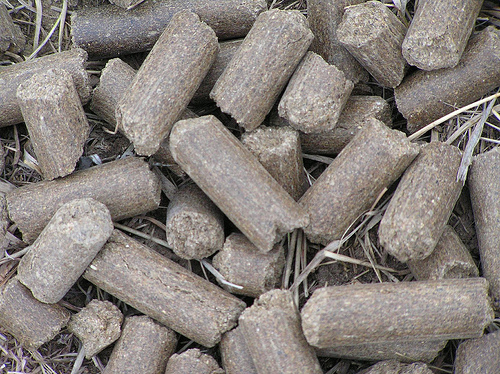
From the University of Nebraska, Lincoln
Whether or not to feed hay or cubes this winter is a question recently posed by a producer to Rick Rasby, University of Nebraska professor of animal science. “I have been told that it is less costly and just as beneficial to feed protein cubes to my herd instead of hay. Can you tell me how many pounds of 20% protein cubes I would need to feed per week to keep my late-term cows in their current body condition or if this is even a good or bad idea? My cows weigh 1,000 to 1,150 pounds.”
Answer: Hay is an energy source. Depending on the quality, it could also be a good protein source, but in most situations hay would be fed to meet the energy needs of the beef cow. If the hay is alfalfa that is average quality or better, it would also be a good protein source. The 20% protein cube fits more as an energy cube and I would consider using it as a supplement when the diet is slightly deficient in both protein and energy. My rule of thumb is that a protein supplement has a protein percentage of between 28% and 36% and is fed in small amounts to meet a protein deficiency.
So if you are needing to supply a lot of energy to meet the needs of the cow, then hay is likely the most economical choice. If the diet is slightly deficient in both protein and energy, then the cube may be the route to go.
The objective of a good supplementation program should be to supply the required amount of protein rather than a specific amount of supplement. Therefore when choosing among various supplements a good strategy is to calculate the cost of each supplement on a cost per pound of crude protein, and then purchase in the most economical way. To calculate cost per pound of crude protein, simply divide the cost per ton of the supplement by the number of pounds of crude protein in a ton of the supplement. The result is the cost per pound of crude protein. When all supplement options are priced on a cost per pound of crude protein the most economical supplement can be identified. There are other factors to consider when purchasing supplements. With today’s fuel prices purchasing a supplement with a greater concentration of crude protein may decrease delivery cost since fewer tons would be needed to supply the same amount of protein. And different supplements cost different amounts to feed and result in different amounts of waste. For example, alfalfa hay does not cost the same amount to deliver to cattle and results in more waste than feeding cubes but may still be the more economical supplement. Producers can easily account for cost differences in transportation, feeding and waste in addition to purchase price of various supplements by using the Feed Cost Calculator.
University of Nebraska, Lincoln
